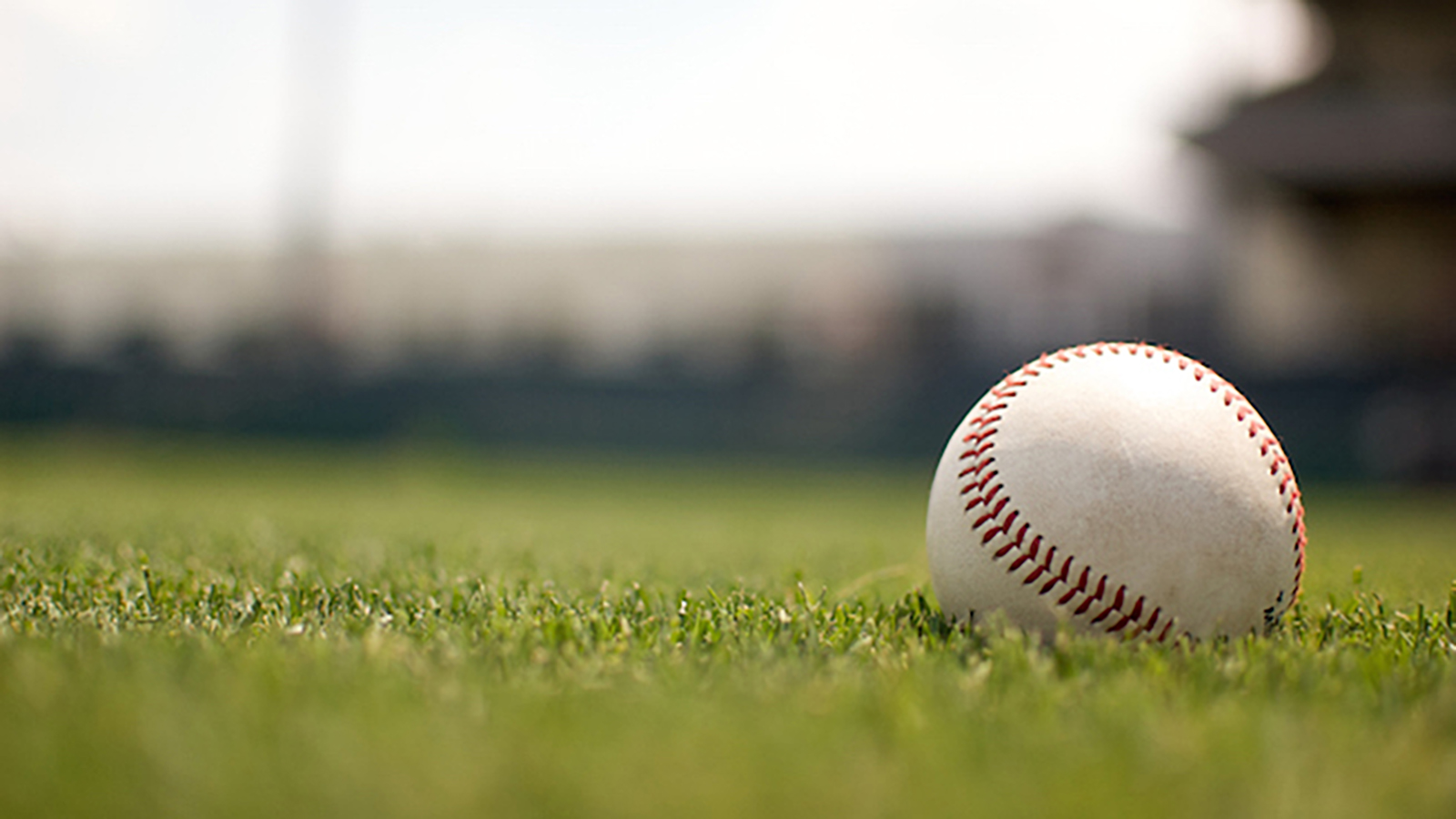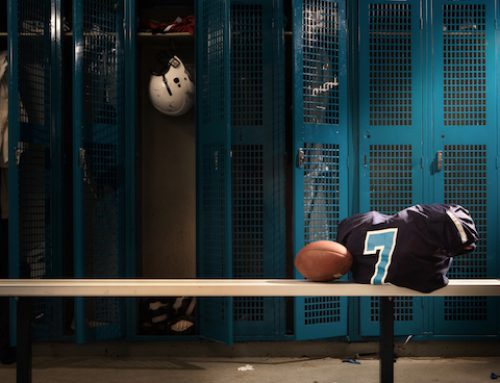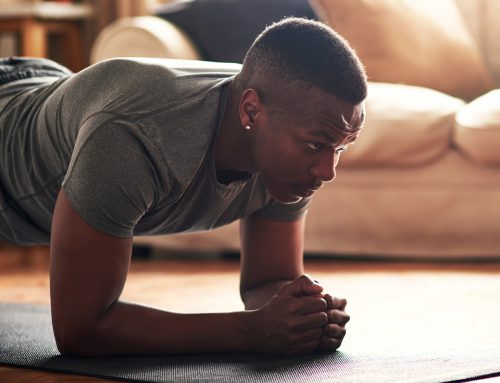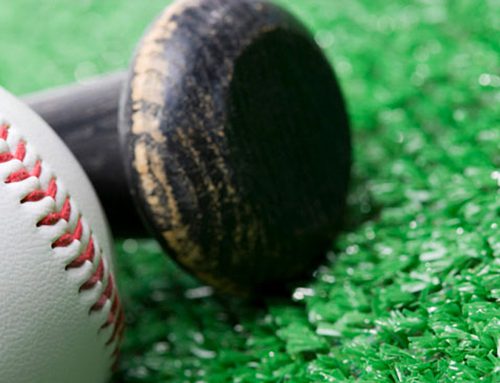For many baseball players, fall marks the end of a very long season. College players have been playing since February. High school and youth players, since March. Some players will not play competitively again until next spring, while others have three or four weeks off before fall teams or college fall practices start-up.
During this break, there are two things you can do to improve your recovery and set the stage for better performance and lower injury risk.
1. Take time away from baseball
As much as you love playing baseball, time away is essential, both mentally and physically. Physically, baseball is a frontal (side-to-side) and transverse (rotational) plane-dominated game. Throwing and hitting, the two most common activities in the game, are examples of frontal and transverse movements. In addition, almost every movement in baseball is an explosive, powerful movement. Over the course of a six- to the seven-month season, countless throws, swings and sprints can take a toll on the body and lead to injury.
Give the body time to recover from this volume of work.
- Avoid frontal plane movement such as Side Lunges, Heidens, Shuffles, etc.
- Avoid rotational work, such as Medicine Ball Throws, and limit hitting.
- Limit plyometrics and sprint work.
- Put the bat down and take a break from hitting.
- Take time away from throwing, especially pitchers.
Baseball pitching, especially, puts a tremendous amount of stress on the entire body, especially the shoulder and elbow.
The number one risk factor in a throwing-related injury is pitching too much. Among many other statistics, they state that pitching more than 8 months a year can lead to an increased risk of serious elbow or shoulder injury.
2. Restore your body
Given the repetitive nature of baseball, you risk overusing many areas of the body and losing mobility and stability over the course of the season. This is especially true of throwing.
In the pitching motion, the humerus internally rotates at over 6,000 degrees per second, and certain muscle groups work hard on every throw to slow the arm down. So by the end of the season, some parts of the body are pretty beat up, including the posterior (back), shoulder, biceps, and medial (inside) elbow.
In addition to the muscles that help slow down the arm, the muscles that help accelerate or internally rotate the arm—the lats and pecs—can show a loss of mobility over the course of the season. Restoring proper tissue quality in these areas can decrease injury risk in the throwing arm.
Finally, the lower body can take a beating during the season. Spend some time foam rolling the adductors (inner thighs) and quads to allow for proper lower-body function.
Use this foam-rolling circuit to restore normal tissue quality in these areas.
Spend 1-2 minutes on each area:
- Lats (foam roller)
- Quads (foam roller)
- Adductors (foam roller)
- Pecs (lacrosse ball under collar bone)
- Biceps (lacrosse ball along the length of muscle)
- Inside of Forearm (lacrosse ball on forearm)
Original story posted on stack.com






